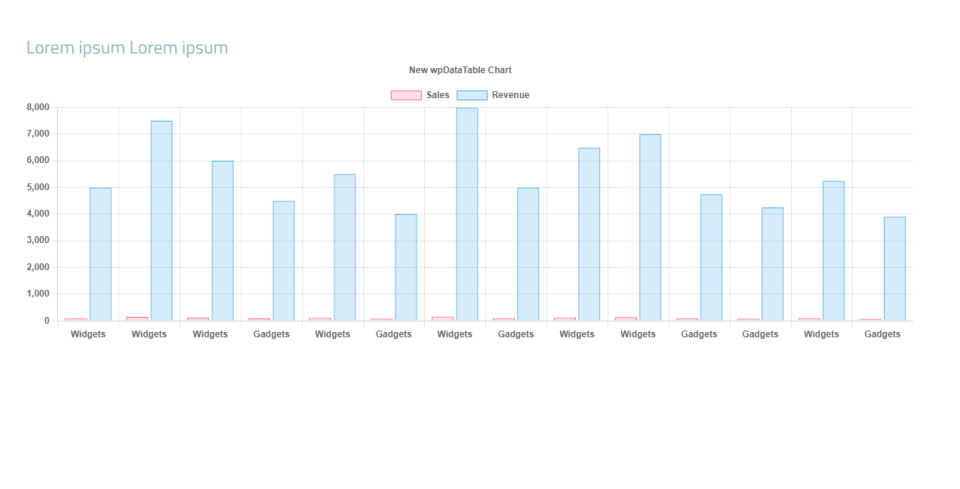Market Insight
In February 2024, we discussed the impact of the integration of the Energy Efficiency Existing Ship Index (EEXI) and Carbon Intensity Indicator (CII) regulations, alongside the Emissions Trading System (ETS), on the availability of shipping tonnage by influencing vessel speeds in 2023. By December 2023, we observed that the average speed of Supramax vessels had decreased to its lowest point: 10.75 knots for non-eco vessels and 10.94 knots for eco-design vessels. With the ETS regulation now in effect, it is pertinent to analyze how shipowners are adjusting the speeds of their fleets, particularly their older, non-eco vessels, to comply with these new regulations.
According to our tracking, the average speeds of both eco and non-eco Supramax vessels during the first six months of this year have declined to their lowest levels recorded. Specifically, eco Supramax vessels have averaged 11.19 knots, while non-eco vessels have averaged 10.87 knots, representing decreases of 1.23% and 1.45%, respectively, compared to the same period last year. When compared to the five-year average, the declines are even more pronounced, with decreases of 3.0% for eco vessels and 2.5% for non-eco vessels. This trend indicates a significant indirect reduction in the availability of shipping tonnage.
